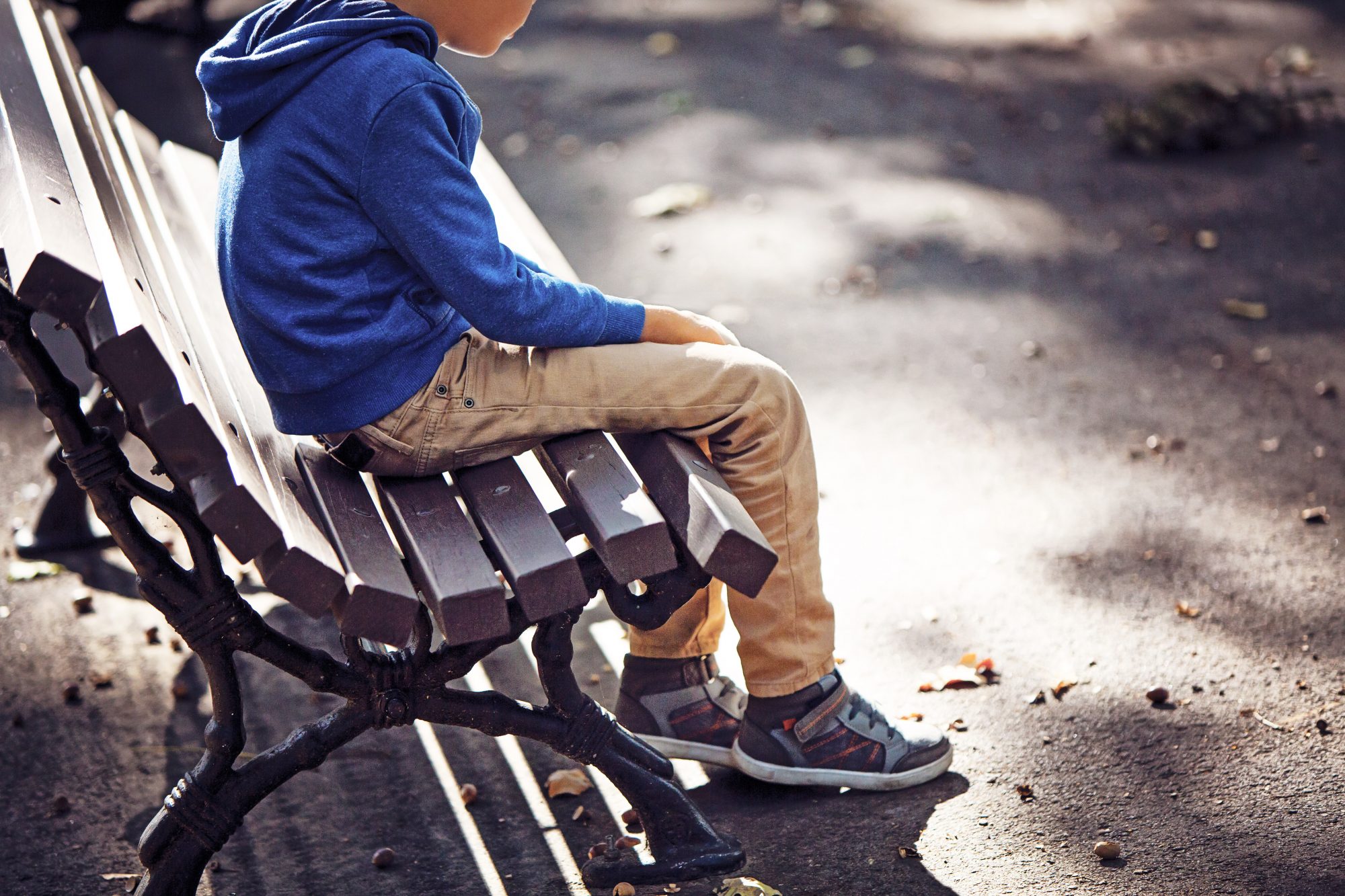
New research on autism spectrum disorder (ASD) has been at the center of controversy for what researchers say is a misinterpretation of their study but some members of the autism community say has taken it too far.
The peer-reviewed study, published in the Official Journal of the International Society for Autism Research in early December, aimed to look at the development of emotional difficulties, including anxiety and depression, in toddlers with autism.
“These can have a marked impact on the quality of life in people with autism,” researchers wrote in a statement responding to the controversy. “In the general population, decades of research have shown that atypical emotional development in early childhood is predictive of later emotional distress. However, there is very little research examining the emotional development of young children with autism.”
But the methods researchers used were what opponents have called out. A Twitter user, who writes “autistic” in her bio, tweeted she was “utterly sick” for researchers “terrifying autistic toddlers to see what happened.” She pointed to researchers using a stranger and objects like a spider to approach the kids. The initial tweet on the thread has more than 1,000 likes and received comments from others calling it “despicable” and “unethical.”
Researchers defended their work saying it was reviewed and approved by the Yale Institutional Review Board and conducted by following “strict federal regulations regarding ethics in science and research.” The statement went on to say, “The events used to elicit emotional responses were very brief, had low intensity, were interspersed with playtime, and mirrored what the children might encounter in the real world.” Parents and caregivers, the statement reads, voluntarily enrolled their kids in the study and consented to all procedures. “Each child’s caregiver was in close proximity during the entire session and could end the session at their discretion,” the statement says. And whenever kids felt distressed, they noticed it subsided quickly, and they made sure none had intense negative emotions.
Some other experts, however, aren’t convinced and say this research has gone much further than typical research on young kids with autism. “Many studies on fear are done just by removing a parent from the room that a child is in, or by observing a child until something happens to frighten them, rather than deliberately inducing terror,” says Zoe Gross, the director of operations at Autistic Self Advocacy Network (ASAN).
Another issue? Gross worries this adds to the “culture of dehumanization” for people with autism. “You see that in this fear study: when the researchers identify differences in the way autistic children respond to frightening situations, they immediately suggest that autistic people should be made to react more typically in frightening situations, even though they have not demonstrated that reacting differently is harmful to autistic people, or that reacting more typically would be helpful to us,” says Gross.
But the researchers of the study add, “We have dedicated our research careers to the study of ASD and we care deeply about the well-being of children and adults who participate in our studies.”
As for the results of the study, researchers found toddlers with autism were slightly less distressed by new objects compared to kids without autism (both were in the study). But they were slightly more distressed when being approached by a new person. “These profiles of emotional reactivity may suggest risk for emotional difficulties later on,” researchers say. “This discovery suggests that emotional vulnerabilities in ASD emerge early, which informs clinical care of these children.”





